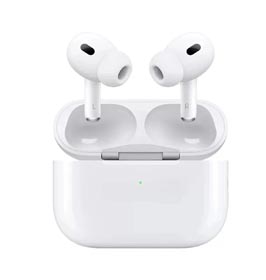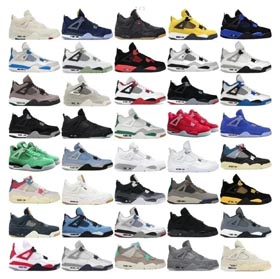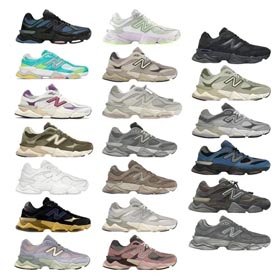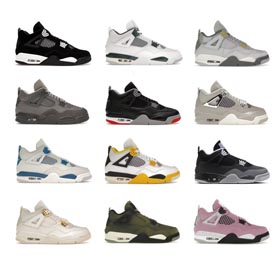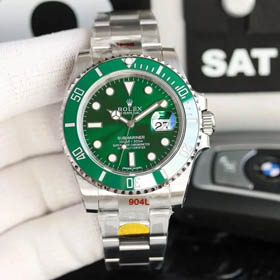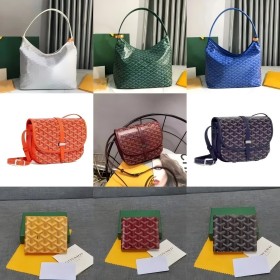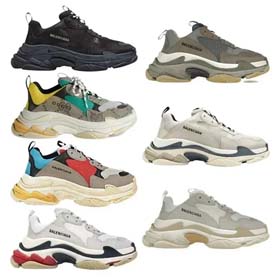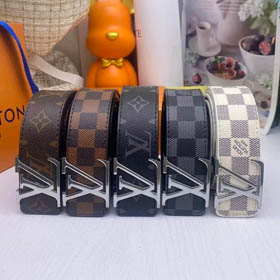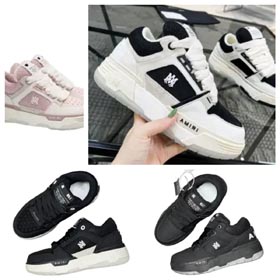In today's competitive e-commerce landscape, cross-border shopping platforms like Tangbuy (https://www.tangbuy.site) offer brands unprecedented opportunities to establish global influence. This article explores how brand strategy teams can leverage Tangbuy's ecosystem – from spreadsheet planning to shipping logistics – to create impactful international e-commerce brands.
Strategic Brand Planning via Tangbuy Spreadsheets
Modern brand development on Tangbuy begins with data-driven planning through the platform's specialized spreadsheet tools. These integrated documents allow teams to:
- Define precise brand positioning
- Develop visual identity systems
- Create tailored content strategies
- Develop visual identity systems
Omnichannel Brand Exposure Framework
Tangbuy's integrated marketing channels enable cohesive brand storytelling:
Channel Synergy Approach:
1. Platform storefront customization → 2. Social commerce integration → 3. KOL collaboration matrix → 4. Data-driven remarketing
The Tangbuy Branded Shipping Advantage
Where most platforms stop at digital presentation, Tangbuy Shipping extends brand expression into the physical customer journey:
- Custom packaging solutions that transform parcels into brand artifacts
- Track-and-trace interfaces with branded visual language
- Tactile unboxing experiences that align with digital branding
Data-Optimized Brand Evolution
The Tangbuy dashboard provides real-time metrics enabling continuous branding refinement:
| Metric Category | Brand Impact |
|---|---|
| Visual Engagement Scores | Identifies optimal creative directions |
| Regional Adoption Rates | Guides cultural adaptation strategies |
| Repeat Purchase Patterns | Measures brand loyalty development |
Building Tomorrow's Global Brands Today
By mapping brand building across Tangbuy's digital and physical touchpoints – from strategic planning spreadsheets to branded shipping experiences – forward-thinking companies can develop:
"The Next Generation of E-Commerce Brands That Consumers Remember, Trust, and Prioritize in Competitive Markets"
The complete brand acceleration toolkit awaits exploration at www.tangbuy.site

